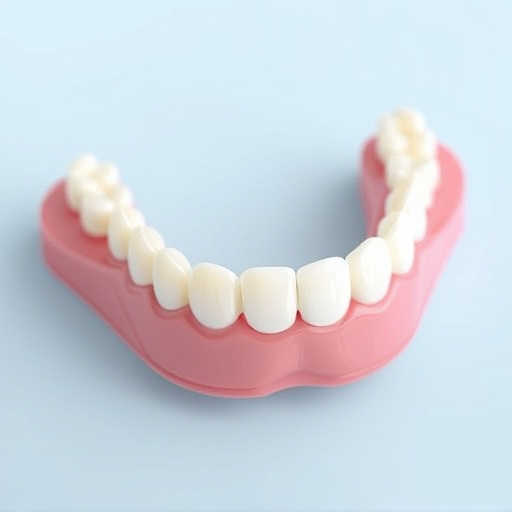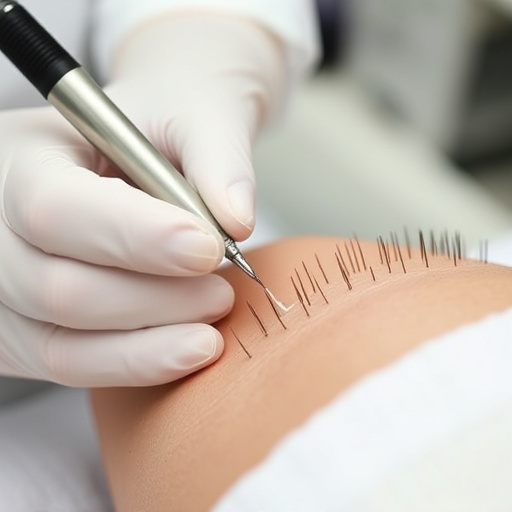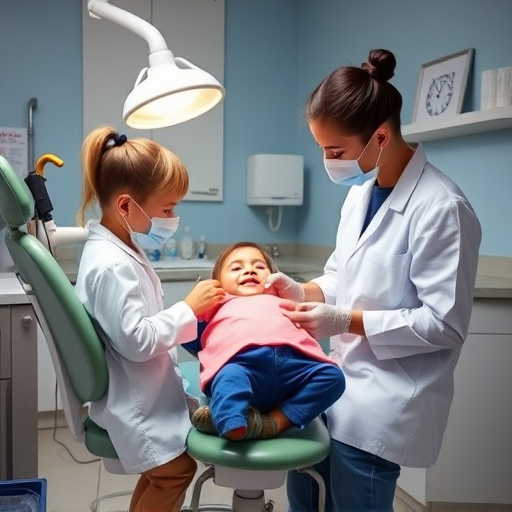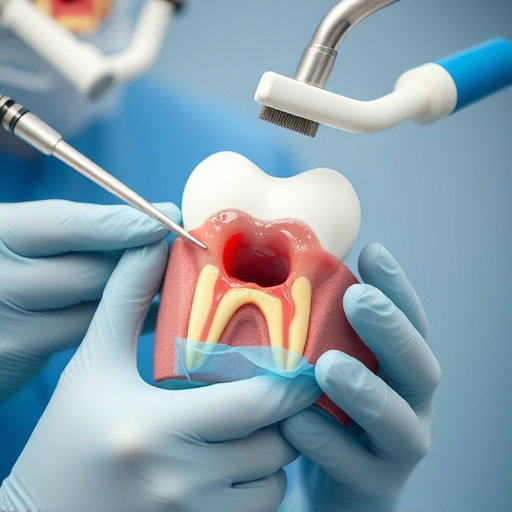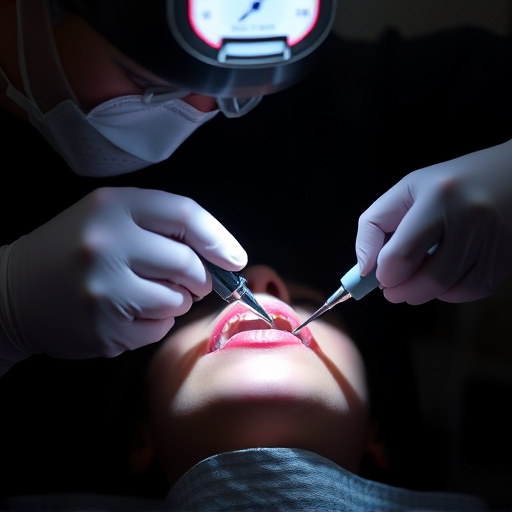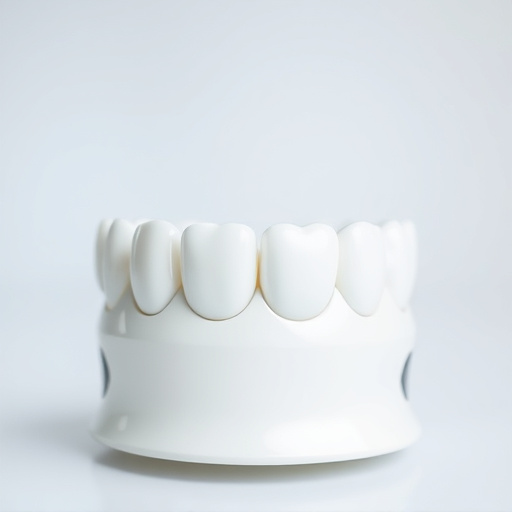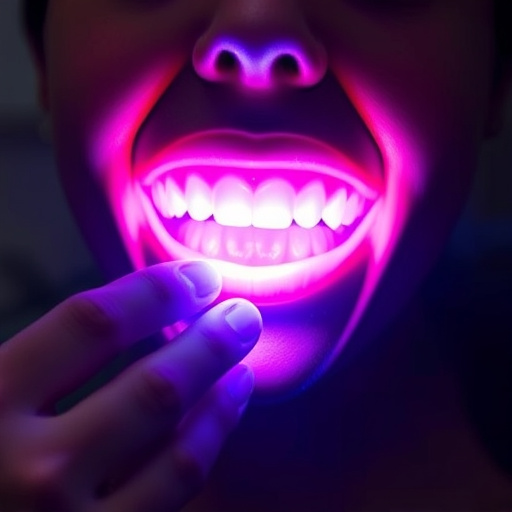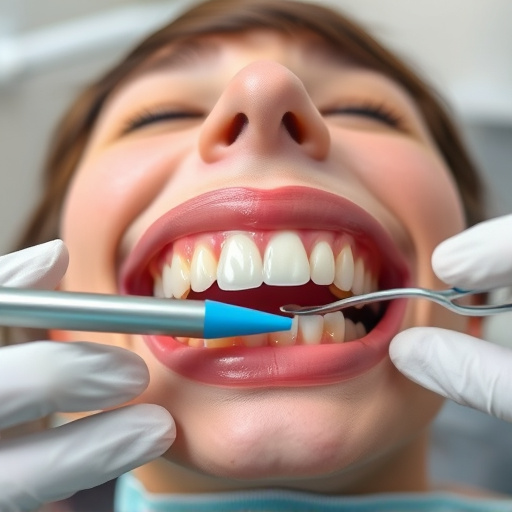Traditional metal braces remain a popular orthodontic treatment option due to their durability, effectiveness in correcting severe misalignments, and relatively shorter treatment time compared to alternatives. Despite visibility issues, comfort challenges, and potential complications, they offer good oral hygiene benefits and customizable personalization for teens. Effective orthodontic treatment options, with proper aftercare, significantly enhance aesthetics and oral health, but regular dental exams are crucial to address potential drawbacks like discomfort, social anxiety, and mouth irritation.
Choosing the right orthodontic treatment is crucial for achieving a straight and healthy smile. This comprehensive guide explores the pros and cons of popular options, empowering you to make an informed decision. From traditional metal braces with their proven effectiveness to invisible aligners offering discretion, each method has unique advantages and potential drawbacks. Discover how modern technologies cater to various bite issues while considering factors like comfort, visibility, treatment time, and cost.
- Traditional Metal Braces: Advantages and Disadvantages
- – Pros: Effectiveness in correcting severe alignment issues, durable, proven track record.
- – Cons: Uncomfortable, visible and conspicuous, may cause mouth irritation, limited food choices.
Traditional Metal Braces: Advantages and Disadvantages
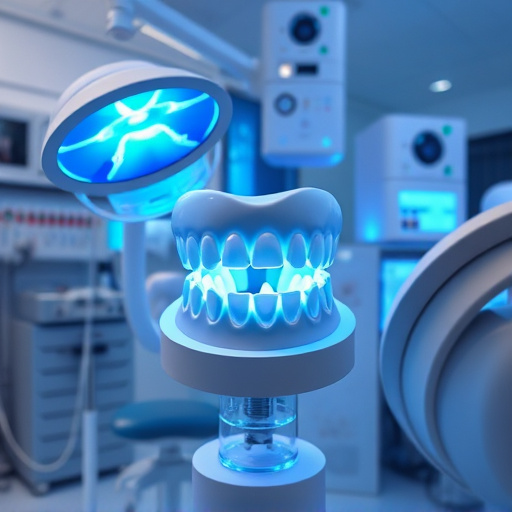
Traditional metal braces remain a popular choice among those seeking orthodontic treatment options. Among their advantages is durability and effectiveness in correcting severe dental misalignments over a relatively shorter period compared to other methods. These braces are also easy to clean, ensuring proper oral hygiene during treatment, which is crucial for maintaining good oral health and preventing complications like tooth decay or gum disease. Moreover, metal braces have the added benefit of being customizable with colorful rubber bands, allowing patients, especially teens, some level of personalization.
However, traditional metal braces do come with disadvantages. They are visible and can cause embarrassment for some individuals. Additionally, the metallic material can be uncomfortable for patients, leading to issues like mouth sores or difficulty eating certain foods. Furthermore, routine oral exams might become more challenging due to the brackets’ location, and wisdom tooth removal could potentially complicate the treatment process if timing aligns poorly. Like any orthodontic treatment option, metal braces require proper aftercare and adherence to a strict cleaning routine to avoid complications and ensure optimal results in restorative dentistry.
– Pros: Effectiveness in correcting severe alignment issues, durable, proven track record.

Orthodontic treatment options like braces have proven to be highly effective in correcting severe alignment issues, offering a lasting solution for many patients’ dental concerns. One of the significant advantages is their durability; once the desired alignment is achieved, proper aftercare can ensure the results stand the test of time. This long-lasting effectiveness makes orthodontic treatments a reliable choice, providing patients with confidence in their smile’s stability.
Moreover, these treatment options have a well-established track record, backed by extensive research and years of successful applications. The comprehensive dental care they provide not only addresses aesthetic concerns but also improves oral health overall. Regular routine oral exams during and after treatment are crucial to monitor progress and ensure the best possible outcome, complementing the proven effectiveness of orthodontic treatments.
– Cons: Uncomfortable, visible and conspicuous, may cause mouth irritation, limited food choices.
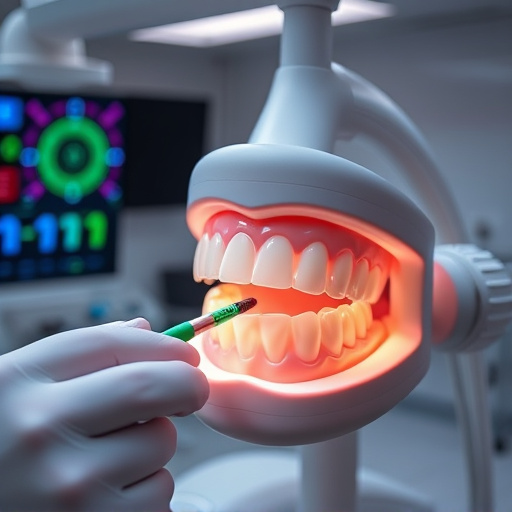
While orthodontic treatment options offer a wide range of benefits for correcting misaligned teeth and improving oral health, there are also several potential drawbacks to consider. One of the most common cons is discomfort during the treatment process. Many individuals experience sensitivity, soreness, and even pain in their mouth, gums, and jaw, especially when adjusting to new braces or wires. This discomfort can be persistent and may significantly impact daily life, making simple tasks like eating and speaking somewhat challenging.
Another notable con is the visible nature of these treatments. Braces, clear aligners, and other orthodontic appliances can be quite conspicuous, which may cause individuals, particularly those in self-conscious stages of growth or development, to feel embarrassed or self-aware about their appearance. This could lead to social anxiety or avoidance of certain situations. Additionally, some people might experience mouth irritation due to the constant presence of hardware in the mouth, and dietary choices may become limited as certain foods can be difficult or painful to consume with braces. Preventive dentistry plays a crucial role here, as regular check-ups and proper oral hygiene practices can help mitigate these issues during and after orthodontic treatment, including any necessary tooth extractions or repair procedures.
When considering orthodontic treatment options, it’s clear that different methods have their unique advantages and drawbacks. Traditional metal braces, for instance, offer proven effectiveness in correcting severe alignment issues and are highly durable. However, they can be uncomfortable, visible, and may cause mouth irritation, restricting food choices. Exploring alternative options like invisible braces or clear aligner therapy can provide a more discreet solution, but their efficacy and duration may vary. Ultimately, the best choice depends on individual needs, preferences, and the guidance of an orthodontist.





